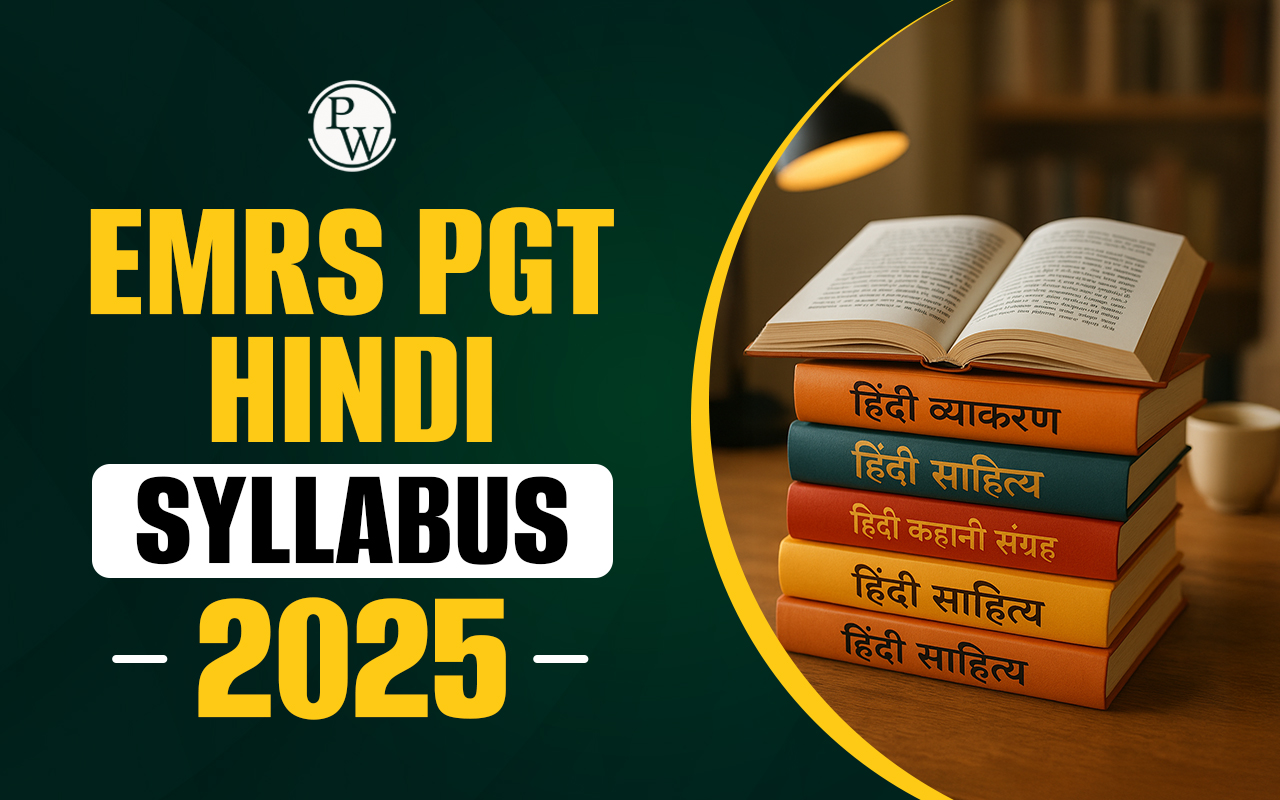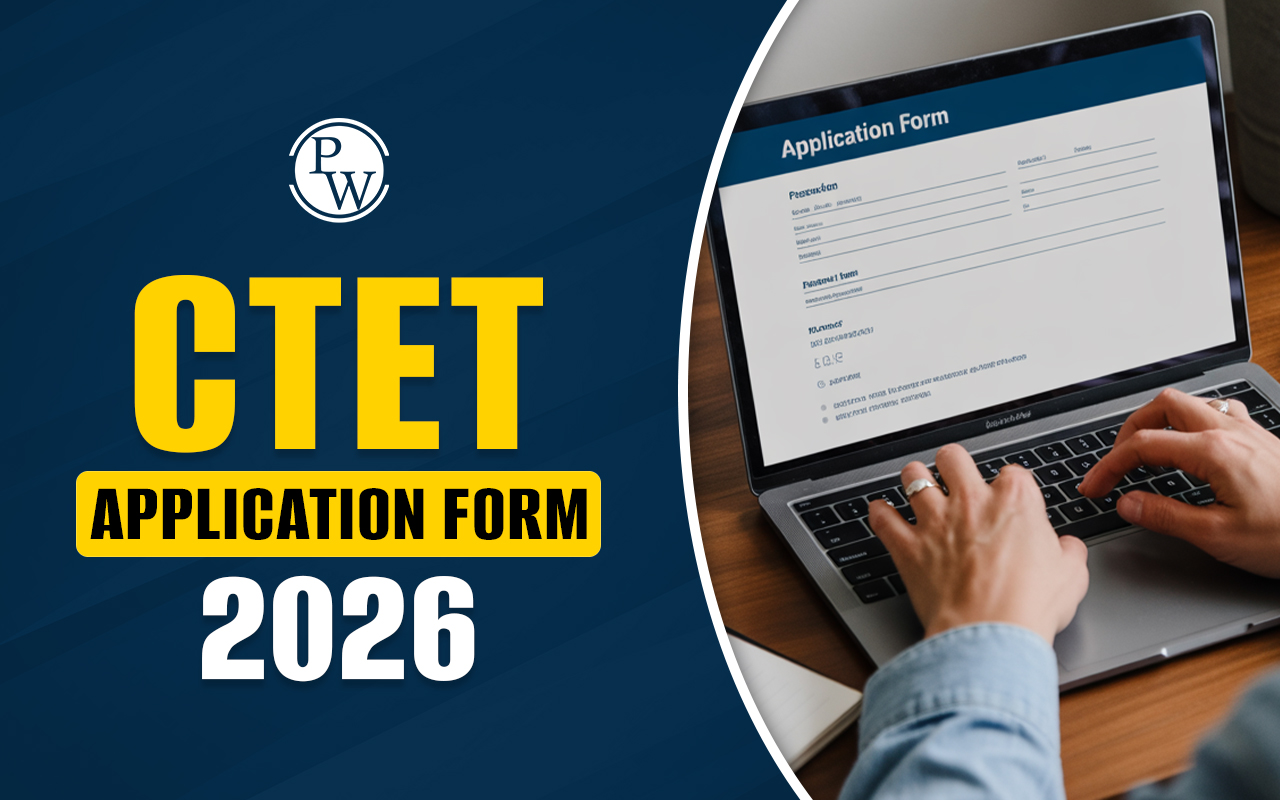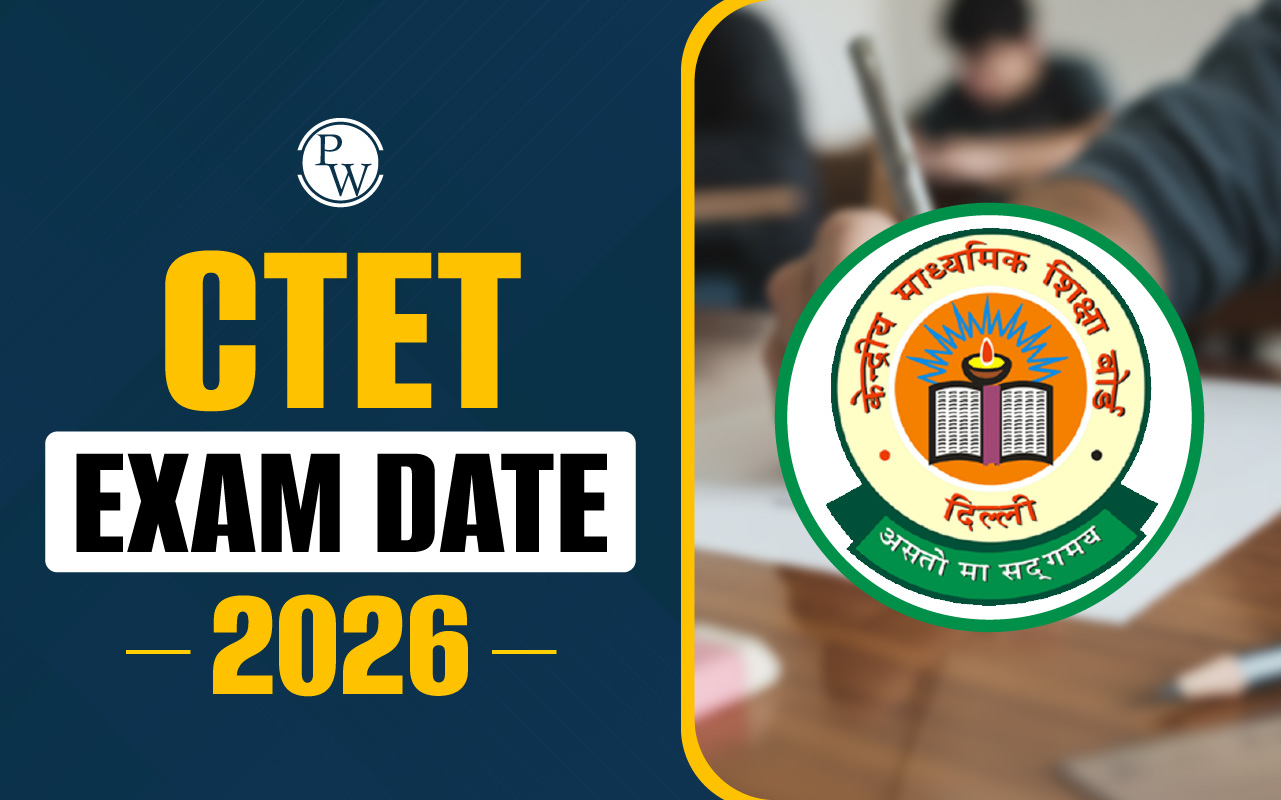

BPSC AEDO 2025 is going to be conducted as part of the BPSC AEDO Recruitment process. Here, awareness about the exam pattern can help candidates mentally prepare for the structure of the examination. The BPSC AEDO paper pattern highlights the weightage of each paper included in the test. According to the BPSC AEDO Exam Pattern 2025, the examination will be objective-type in nature with both qualifying and merit-based papers. Candidates can go through this page to learn about the BPSC AEDO Marking Scheme and exam pattern in a clear and simple format.
In 2025, the BPSC announced a total of 935 openings for the position of Assistant Education Development Officer (AEDO). The selection is through a written examination comprising three objective papers. On this page, you’ll find the complete BPSC AEDO Exam Pattern 2025, the marking scheme, and quick links to the official PDF/website to keep your prep on track.
The BPSC AEDO written test consists of three objective-type papers. The General Language paper is qualifying in nature, while General Studies and General Aptitude count toward the final merit. Every paper is allotted 100 marks with a time limit of 2 hours, and a penalty of one-third mark is applied for each wrong response.
BPSC AEDO Exam Pattern 2025 Overview
The BPSC AEDO Exam Pattern 2025 provides candidates with a clear understanding of how the examination will be conducted. The examination is structured into three distinct papers: General Language, General Studies, and General Aptitude. Each paper carries 100 marks with a duration of 2 hours, and all questions are objective type. While the General Language paper is only qualifying in nature, candidates must secure the minimum required marks to be considered eligible. On the other hand, marks from the General Studies and General Aptitude papers will directly contribute to the final merit list, making them the most crucial for selection. Additionally, there is a negative marking of 1/3 mark for every incorrect response, so candidates should attempt questions carefully.
| BPSC AEDO Exam Pattern 2025 Overview | |
| Feature | Details |
| Exam Name | BPSC AEDO (Assistant Education Development Officer) |
| Conducting Body | Bihar Public Service Commission (BPSC) |
| Selection Stage | Written Examination (Objective) |
| Papers | Paper I – General Language (qualifying in nature) • Paper II – General Studies • Paper III – General Aptitude |
| Questions per Paper | 100 (Objective/MCQ) |
| Marks per Paper | 100 |
| Duration per Paper | 2 hours |
| Negative Marking | 1/3 mark deducted for each wrong answer |
| Merit Calculation | Marks of General Studies + General Aptitude only (Language is qualifying) |
| Official Website | @bpsconline.bihar.gov.in |
Note: BPSC will announce the exam date(s) and shift details via the official schedule/notice on the website. Keep checking the portal during the application window (August 27–September 26, 2025) for updates.
BPSC AEDO Exam Pattern 2025 PDF
The BPSC AEDO Exam Pattern 2025 provides candidates with a detailed structure of the examination, including the subjects, marking scheme, and paper-wise weightage. Having the official exam pattern in PDF format helps aspirants to keep a handy reference while preparing. It outlines the qualifying nature of the language paper, the importance of General Studies and Aptitude for merit, and the rules of negative marking. Candidates can download the BPSC AEDO Exam Pattern PDF from the official website to plan their preparation effectively and stay aligned with the latest guidelines released by the commission.
Here is the direct link to download BPSC AEDO Exam Pattern
BPSC AEDO 2025 Marking Scheme
Understanding the BPSC AEDO 2025 marking scheme is crucial for candidates to design an effective preparation strategy. Since each paper carries a different weightage and has a unique role in the selection process, it is important to know how marks are allotted. While the General Language paper (English & Hindi) is only qualifying in nature, candidates must score at least 30% marks separately in each language to move ahead in the selection process. On the other hand, the General Studies and General Aptitude papers are considered for the final merit list, making them crucial for securing a higher rank. By understanding the exact distribution of questions, marks, and duration, candidates can prioritize their preparation accordingly and avoid last-minute confusion.
Understanding how marks are awarded (and deducted) helps you strategize better.
| Paper-wise Structure & Marks | |||||
| Paper | Subject | No. of Questions | Marks | Duration | Nature |
| 1 | General Language (English & Hindi) | 100 | 100 | 2 Hours | Qualifying (must secure 30% separately in English & Hindi) |
| 2 | General Studies | 100 | 100 | 2 Hours | Counts for Merit |
| 3 | General Aptitude | 100 | 100 | 2 Hours | Counts for Merit |
-
Negative Marking: 1/3 mark deducted for each incorrect response.
-
Marks Counted for Merit: General Studies + General Aptitude only (Paper 2 + Paper 3).
-
Question Type: Objective (MCQ), 1 mark per question.
Important Points for BPSC AEDO Exam Pattern 2025
-
The exam is objective-type with three separate papers.
-
General Language is qualifying; you must score at least 30% in both English and Hindi separately to be considered for merit.
-
1/3 negative marking applies; attempt carefully and avoid blind guessing.
-
Final merit is based on General Studies + General Aptitude scores only.
-
Keep tracking the official BPSC website for exam date, shift timing, and admit card updates.
Effective Tips for Exam Preparation
Since Language is qualifying, ensure you secure the 30% minimum in both English and Hindi first, then maximize your score in General Studies and General Aptitude—they decide your rank. Practice with a timer (2 hours/100 MCQs) and track your accuracy to minimize 1/3 negative marking.
Key Preparation Tips:
-
Begin your preparation with the Language section (English & Hindi) to comfortably cross the 30% qualifying mark.
-
Focus more on general studies and general aptitude, as they determine your merit ranking.
-
Practice previous year question papers and mock tests in a timed environment to simulate exam pressure.
-
Develop the habit of solving 100 MCQs in 2 hours to align with the exam’s time constraints.
-
Track your accuracy rate regularly and identify areas where you frequently make mistakes.
-
Revise important current affairs, static GK, reasoning shortcuts, and basic maths formulas frequently.
-
Avoid excessive guesswork—always remember the 1/3 negative marking rule.
-
Create a revision schedule for the last 15 days before the exam focusing on high-weightage topics.
| Bihar AEDO Important Links 2025 | |
| BPSC AEDO Vacancy 2025 | BPSC AEDO Application Form 2025 |
| BPSC AEDO Syllabus 2025 | BPSC AEDO Exam Pattern 2025 |
| BPSC AEDO Salary 2025 | BPSC AEDO Selection Process 2025 |
BPSC AEDO Exam Pattern 2025 FAQs
How many papers are there in BPSC AEDO 2025?
What is the duration and marks per paper?
Is there negative marking in the BPSC AEDO exam?
Does the General Language paper count toward final merit?
What are the important dates for BPSC AEDO Recruitment 2025?













